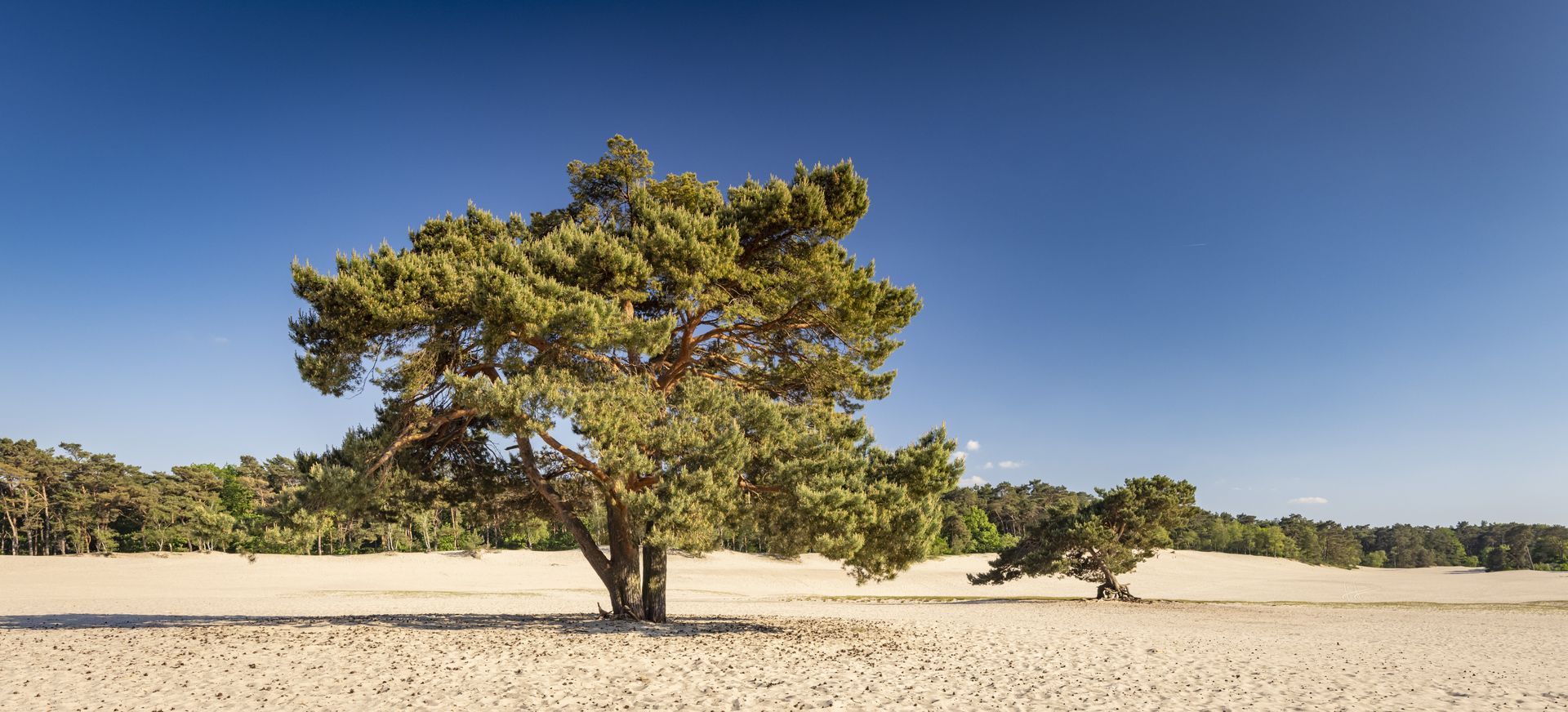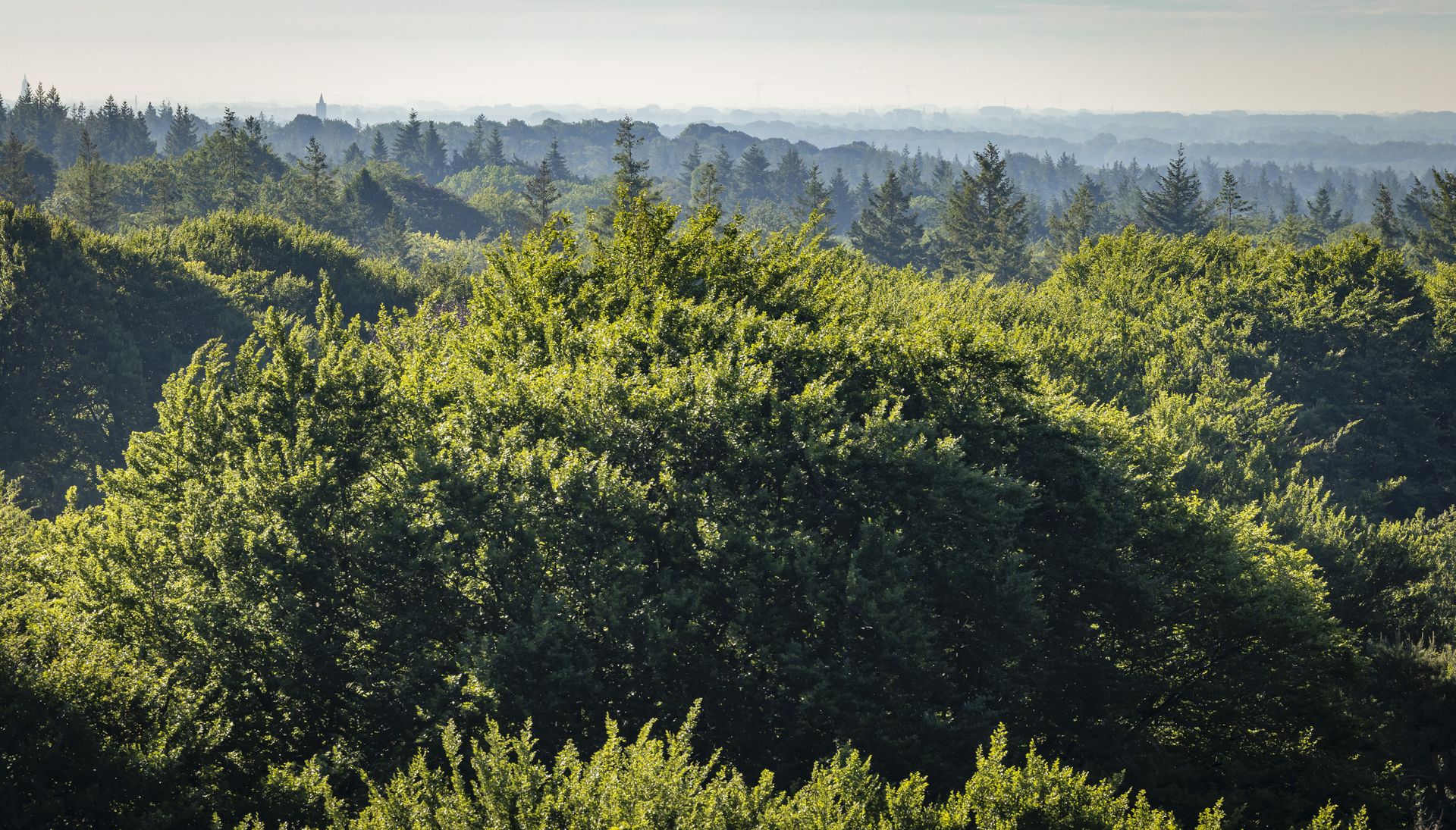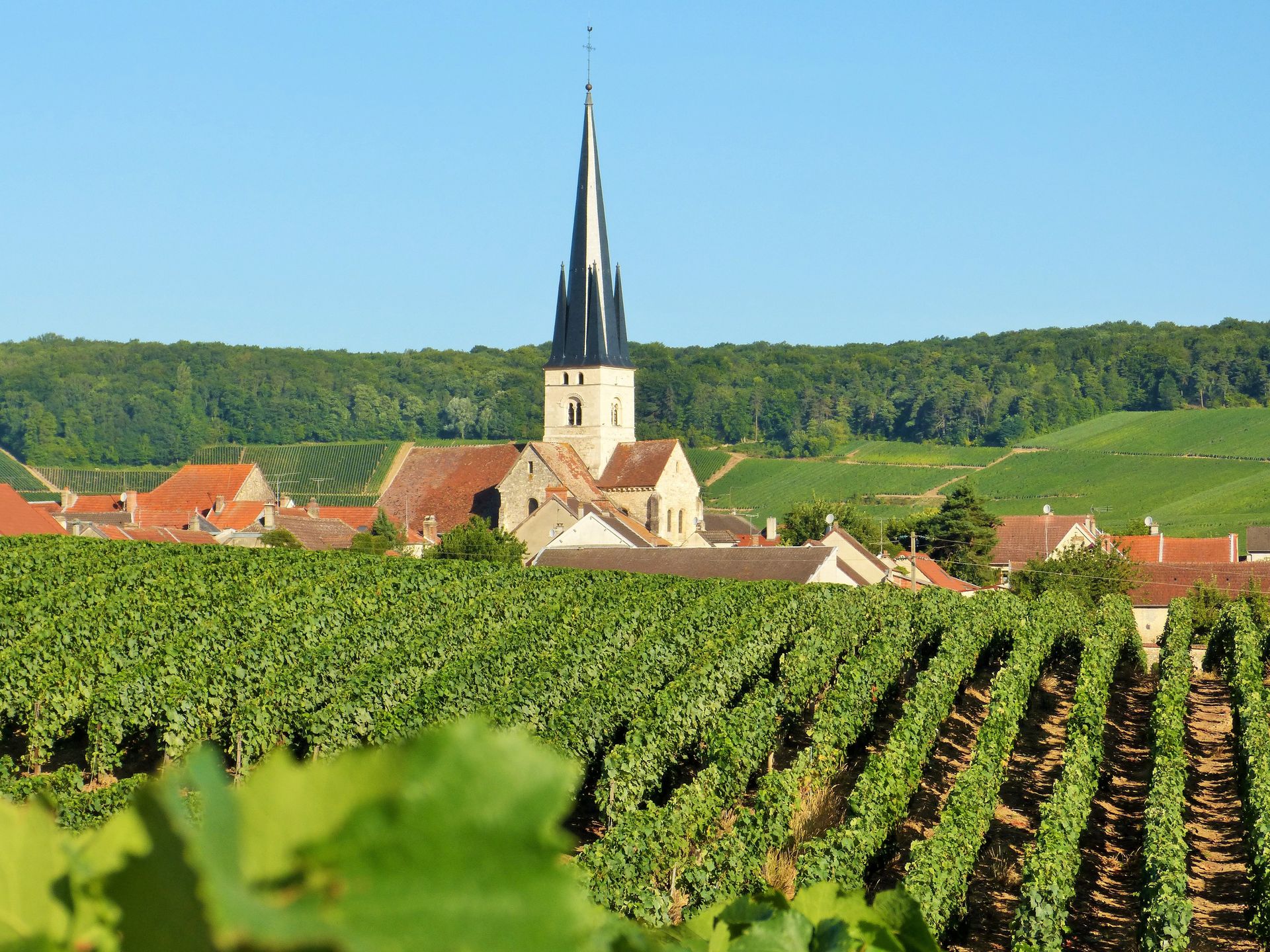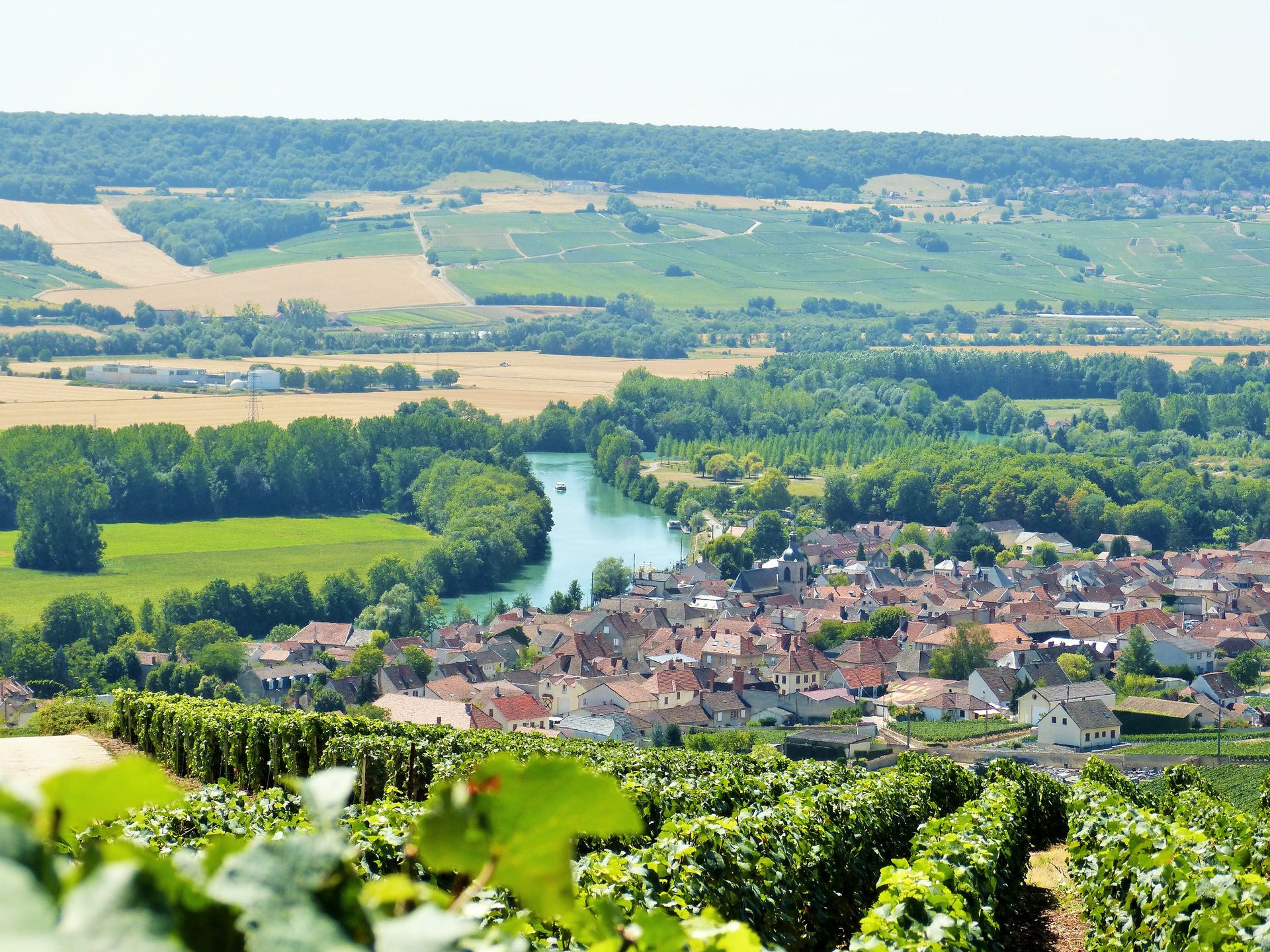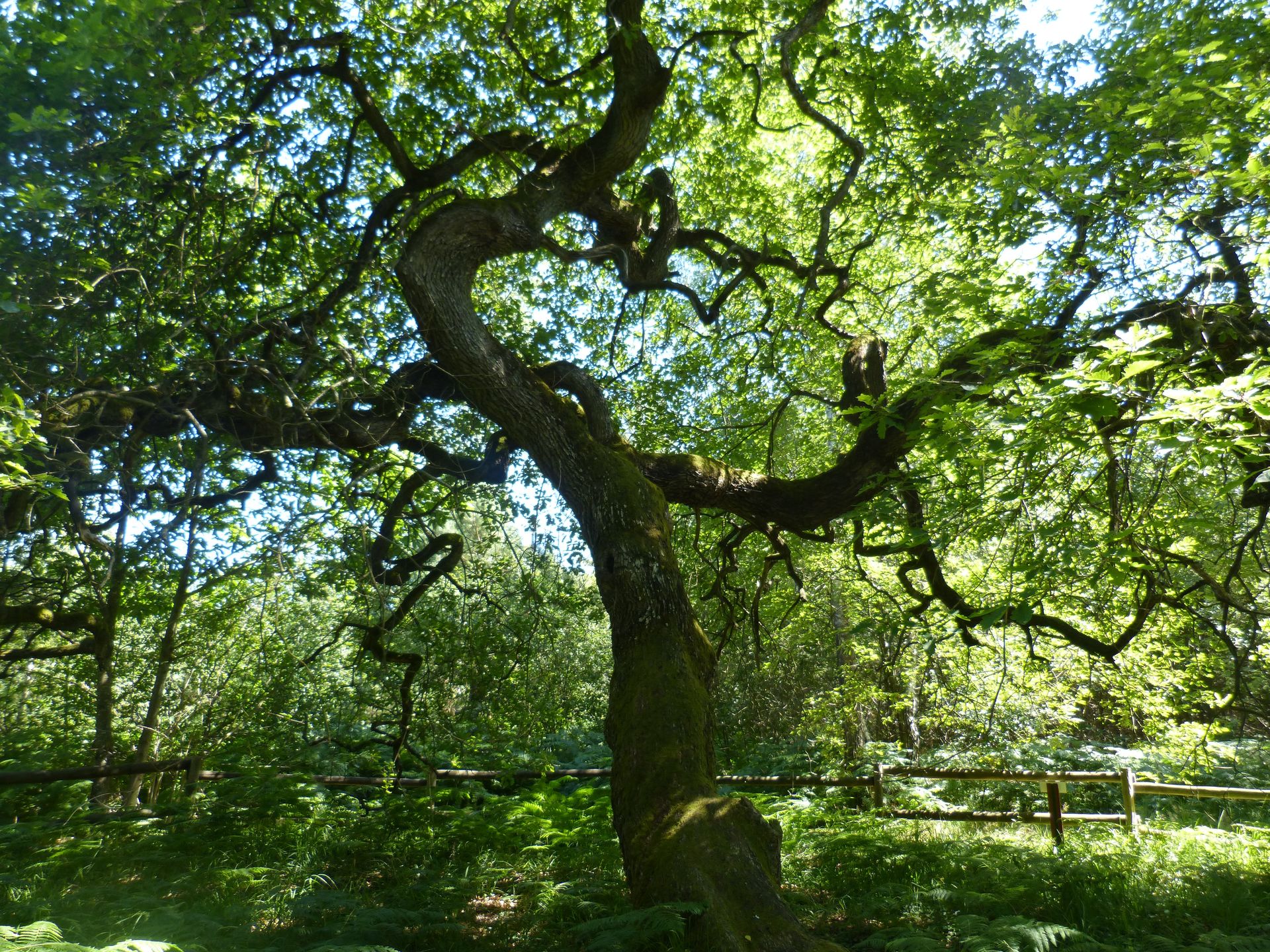Featured photo by Ilona Schong
North-West Europe is home to a multitude of hidden gems, from the lush forests of Belgium to the national parks in the Netherlands and the mountain and river scenery in Germany and France. With a great majority of the NWE population living in cities, these natural landscapes can offer a break from the urban setting and a chance to reconnect with nature.
Unsurprisingly, these areas have been welcoming a growing number of outdoor enthusiasts, a trend that has intensified since the pandemic. But this increased human activity is also causing negative environmental impacts such as higher pollution levels and disrupted natural habitats. It is also leading to increased management costs and disturbances for both visitors and local communities.
In response, the Interreg North-West Europe MONA – standing for MOdal shift, routing, and nudging solutions in NAture areas – aims to promote sustainable tourism in natural landscapes. Launched in 2023, MONA has started conducting in-depth studies into visitor profiles and behaviours across eight nature areas and will implement three pilot strategies aimed at improving the accessibility of these nature areas while also reducing the environmental pressure.
Explore the project through these stunning shots from the natural areas involved. Click on a picture to view it full screen.
Utrechtse Heuvelrug National Park
📍Doorn, The Netherlands
Utrechtse Heuvelrug National Park is one of the eight areas involved in the project. It has faced challenges due to the growing number of visitors and notably the extensive use of cars which has led to traffic congestion, increased pollution, parking issues and inconvenience for local residents. Within the MONA project, Utrechtse Heuvelrug National Park will team up with two other nature areas to address this challenge.
©National Park Utrechtse Heuvelrug
©National Park Utrechtse Heuvelrug
©National Park Utrechtse Heuvelrug
Kalmthoutse Heide
📍 Kalmthout, Belgium
©Mario Valkenborg
©Toerisme Provincie Antwerpen
©Ilona Schong
Grenspark Kalmthoutse Heide, located on both sides of the Belgian-Dutch border, along with Utrechtse Heuvelrug National Park in the Netherlands and Montagne de Reims Regional Park in France, are set to roll out a pilot strategy to promote soft and sustainable mobility.
As part of the strategy, the project plans to enhance the connection between train stations and the entry points to these nature areas, making the journey between the station and the nature area an attractive part of the experience.
Veluwezoom National Park and Van Gogh National Park
📍Amersfoort, The Netherlands
©Evert Veenendaal
Besides better connectivity and sustainable transport, the project also addresses visitor distribution and accessibility. Visitors in nature areas frequently take the same routes due to a lack of information about alternative routes and starting points and their potential impact on biodiversity.
The Veluwezoom National Park, The Van Gogh National Park with VisitBrabant in the Netherlands and the Tourism Province of Antwerp in Belgium want to encourage visitors to explore alternative routes.
This involves raising awareness about existing routes by mapping the entry points and ensuring easy access to this information. The mapping will also be used to analyse the accessibility for visitors with special needs.
Selected entry points and route networks will then be redesigned to improve the experience for a variety of visitors – hikers, bikers, families, individuals with disabilities, etc. – while preserving nature.
©Hans Aartsen
©Martin van Lokven
Montagne de Reims Regional Park
📍 Pourcy, France
The Montagne de Reims Regional Park, already involved in the sustainable mobility pilot, is also participating in the third pilot strategy. This pilot, also involving the Regional Park Scarpe-Escaut in France and Tourismus Zentrale Saarland in Germany, will implement nudging measures to encourage sustainable behaviour.
©Parc
naturel régional de la Montagne de Reims
Scarpe Escaut Regional Park
📍 Saint-Amand-les-Eaux, France
Visitors in nature areas make various choices, from their mode of transport to the routes they take and the activities they enjoy. These choices have an impact on the sustainability of their trip. However, the decisions made by visitors can be influenced.
Nudging measures, as opposed to regulated measures, are based on communication and storytelling, and are designed to steer visitors towards more sustainable choices.
©Parc naturel régional Scarpe Escaut
©Samuel Dhote
©D. Delecourt
National Park Hunsrück Hochwald
📍Börfink, Germany
Nudging measure can take many different forms and a good example is the ‘Saarland Karte’. This tourist pass not only offers free admission to over 100 attractions but also serves as a ticket for bus and train in Saarland, thereby encouraging visitors to use public transport during their stay.
©Marcus Simaitis - Nationalpark Hunsrück-Hochwald
©Konrad Funk - Nationalpark Hunsrück-Hochwald
_____________________
Monitoring, research, and analysis form a significant part of the MONA project. Knowledge partners, such as the Breda University of Applied Sciences and KU Leuven, will complement what is done on the ground by the nature area managers, public authorities and tourism offices involved in the project. Data from these different on-site experiences will be collected to evaluate the impact of the strategies implemented.
Through reports and training, MONA aims to share knowledge and lessons learned with a wider audience. The ambition is that other nature areas in North-West Europe and beyond will replicate the results, balancing nature conservation with visitor experience and ensuring that Europe’s rich natural landscape is preserved for future generations to enjoy.
Key figures
- 11 partners
- 4 countries: Germany, France, Belgium, and the Netherlands
- Cooperating from 2023 to 2027
- Budget: €5.9 M
